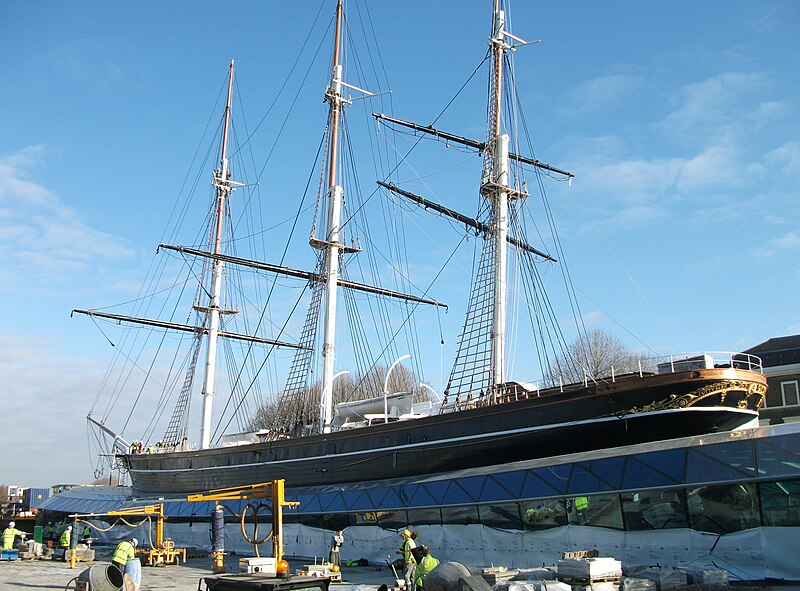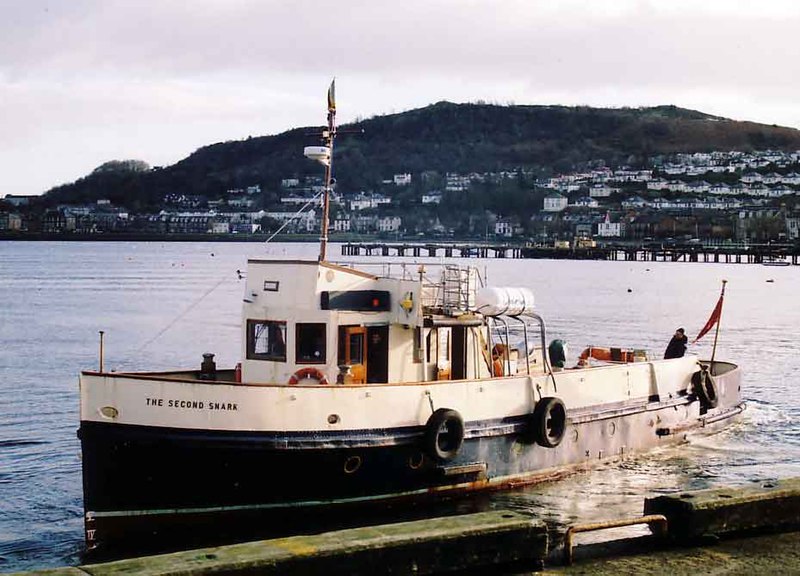

Castle Comfort Stairlifts offers top brand stairlifts, keen prices and fast installs for all those seeking stairlifts in Dumbarton,West Dumbartonshire. And all work comes with our no-quibble guarantees and famous customer service satisfaction.
Stairlifts Dumbarton
The point where the River Clyde is joined by the River Leven is where you’ll find Dumbarton once the capital of Strathclyde. Dumbarton means ‘hill fort of the Britons’ so you won’t be surprised to learn that there is an imposing castle built on the protruding crag on the river. This crag is also known as Clyde Rock.
There’s has been a settlement here since at least the Iron Age. The name of the town and other evidence suggests that the first settlements were ancient Britons (Celts) who spoke a form of Welsh.
Dumbarton’s chequered career through history shows that the town suffered many losses from the Black Death in the 14th century but that 3 centuries later was an important trading port with the West Indies. By the beginning of the 18th century it was the biggest glass producer especially for bottles and windows. During World War II it was heavily bombed as German bombers targeted the shipyards.
Castle Comfort Stair Lifts
We can’t quite boast such a long history but Castle Comfort Stair Lifts has been in business long enough to know a lot about stairlifts. If you or a loved one is in need of help to climb or descend the stairs, we have a solution. We have access to stairlifts of all kinds – straight, curved, perch, even bariatric – to make it possible for you to reclaim that upper floor of your home.
With supplies from all of the UK’s manufacturers including one produced especially for us plus reconditioned ones, we are sure to be able to find the right one for you. Have a look at how they compare to one another and what prices they come in at before making your decision.
There are already over 100 people in Dumbarton who have already discovered how a stairlift can help. If you want to join the ever-growing numbers, please give our local Glasgow office a call on 0141 278 3929 .
Shipbuilding at Dumbarton
As the glass industry declined in the early 19th century, shipbuilding came to the fore. This remained the industry focus well into the 20th century. Dumbarton was home to many shipbuilding yards though many of the smaller ones were swallowed up by larger companies.
Many well known ships were built here but probably the most famous is the Cutty Sark (built by Scott & Linton). Today you can see the Cutty Sark, a Tea Clipper – fast sailing ships with three or more masts - at a dry dock in Greenwich in London. The Cutty Sark was the last Tea Clipper to be built and was undoubtedly one of the fastest.
 |
| Source:Public domain |
At the beginning of the 19th century one of Dumbarton’s longest lasting shipbuilders, William Denny and Brothers built the Rob Roy, named after Scotland’s famous folk hero. The Rob Roy was the first steam powered ferry travelling across the English Channel. Denny’s are also responsible for the Second Snark which is still in use taking people for trips along the Firth of Clyde.
 |
| Source:Wikipedia |
Denny’s were famous for their commitment to research and development and gained respect in two particular areas: the development of high pressure turbines and hull stabilisation. They built a prototype helicopter at the beginning of the 20th century and were later involved in the development of hovercraft i.e. the Denny D2 Hoverbus.
The Scottish Maritime Museum has the original Denny Ship Model Experiment Tank on show which retains many of its original features. The tank is as long as a football pitch and was used to test ships and their hulls in water and conditions to simulate those they’d meet at sea.
Whisky production
Whisky production grew as shipbuilding faded. A former Glasgow based distillery, Ballantine’s was moved over to Dumbarton. They built a large operation on the River Leven where once ship building yards had been. Hiram Walker brought the distillery over to Dumbarton and the industry grew and thrived in the area until the late 20th century. Hiram Walker were acquired by Allied Breweries and then taken over by Pernod Ricard. The distillery was closed in 2002.
Source: Wikipedia
Other distilleries in the area – Interleven and J&B have also closed. Interleven retains a bottling site and J&B’s site has become a film set. As one door closes another opens ...
Did you know?
A large flock of Chinese white geese were introduced to the Ballantine’s distillery back in 1959. At first just 6 birds ‘patrolled’ the distillery but grew to 100. They became known as the ‘Scotch Watch’ and were used in Ballantine’s advertising for their blended whisky. They were also quite a tourist attraction.
Dumbarton is now mainly a commuter town for Glasgow less than 15 miles away with the Faslane naval base as the largest local employer.
More did you knows?
· Scottish poet Robbie Burns was made a freeman of Dumbarton
· Motor racing driver, Sir Jackie Stewart was born here. He was nicknamed the ‘Flying Scot’ winning 3 world championships during his driving career from 1965 – 73. Before becoming a racing driver, Jackie won championships in Skeet Shooting – British, Welsh, Scottish and European.
 |
| Source: Wikipedia |
· Author A J Cronin probably best known for his radio and TV scripts for Dr Finlay’s Casebook has links to the town. His maternal grandfather owned a hat shop in Dumbarton. Cronin also published novels like The Stars look down and The Citadel which were made into films
· David Byrne, the founding member of globally successful band Talking Heads was born in Dumbarton. Byrne, the principal songwriter for the group has won Grammy and Academy Awards and a Golden Globe. Byrne’s family moved to Canada and then the USA where David was brought up. He currently lives in New York City but has never applied for citizenship so remains a British Citizen
 |
| Flickr:Fred von Lohmann |
· Glasgow band Franz Ferdinand have sampled Talking Heads’ Burning Down the House in their remixed hit song Take me Out
 |
| Wikipedia:Shokoishikawa |
Dumbarton Castle
We can’t not mention Dumbarton Castle which was built on that volcanic crag. The Castle defends the meeting point of the two rivers, Clyde and Leven. There has been a castle here for more than 1,500 years. The Rock on which the Castle is built rises sheer out of the water and has two points – White tower Crag and the Beak – with amazing views.
Merlin is said to have visited the castle. Originally a British settlement, it was laid to siege by the Vikings and eventually taken over by Kenneth MacAlpin, King of the Picts when Strathclyde was independent. Later the castle sheltered David II and his wife, James I was imprisoned here, Mary Queen of Scots also took shelter here before heading for France. William Wallace may have been a prisoner here too. The Wallace Tower is thought to be named in his honour.
Nowadays there are no traces of the original castle and only the Portcullis and the foundations of the Wallace Tower and the possible foundations of the White Tower remain from the medieval castle built by Alexander II. The 16th century Guard House is still there and most of the 18th century buildings including the Governor’s House. The Castle is open to the public daily during the summer and from Saturday – Wednesday in the winter. Visitors will have to climb more than 550 steps to see the White Tower Crag. It is a Scheduled Ancient Monument owned by the Scottish government.
Too many steps
More than 550 steps is far too many unless you are really fit. Remember if even the stairs in your home are daunting, Castle Comfort Stairlifts can help.
We can sort you out with a stairlift suitable for you and your home and have it installed in less than half a day. After that we have 24/7 after sales care to make sure you are never left stranded. If you want to know more, please give us a call on 0141 278 3929 .


No comments:
Post a Comment
Only relevant non-competing comments will be shown. All links are stripped from comments by default.